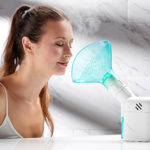By and large, how to use the inhaler can be found in the instructions attached to it. The methods for each type are different. But, it will be better if, before going to the store, you already have some idea of how they work. In this case, you will already be looking for only the device that suits you according to the method of operation.
For what respiratory diseases is an inhaler recommended?
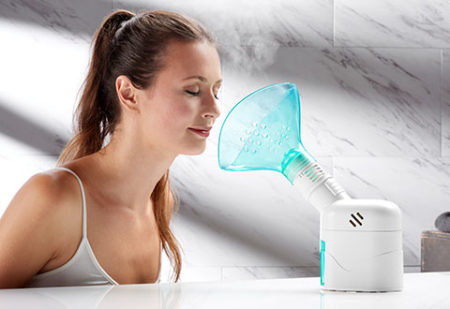
The inhaler is a wonderful invention that helps to quickly cure many diseases of the respiratory tract. Of course, you can't call it a panacea if you have a viral infection. You can hardly manage without antibiotics. But inhalers greatly alleviate the general condition and relieve symptoms that deliver a lot of discomfort.
If, however, you have not a viral infection, but a common cold or a slight cough, then the inhaler itself is able to overcome the disease and prevent it from progressing into a more complex form.
So, here is a list of diseases in which inhalation is very desirable:
- Rhinitis
- Sinusitis
- Frontite
- Sinusitis
- Tonsillitis
- Pharyngitis
- All types of bronchitis
- Bronchial asthma
- Tracheitis
- Laryngitis
As you can see, almost all respiratory diseases are treatable with inhalers. For each type of disease, additives to the inhaler of any drugs are recommended. But it would be better if you check with your doctor, since the forms of each disease are different and self-medication may not bring results, or even exacerbate the situation.
![]() See also - How to use an oral irrigator
See also - How to use an oral irrigator
General recommendations for use
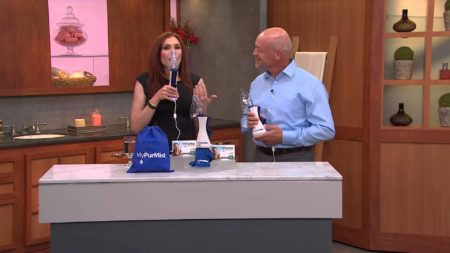
- Using the inhaler at high body temperature is strictly prohibited
- Earlier than 1.5 hours after eating, inhalation can not be done
- After the inhalation procedure, 1 hour - do not go outside, do not eat, do not talk
- In a nebulizer (compressor inhaler), it is strictly forbidden to use oil products, since there is a high probability of particles entering the lungs, which provokes oil pneumonia. Also, it is impossible to use herbal infusions in it, the device is not designed for this, it will clog and fail.
- The general course of treatment with inhalation lasts from 5 to 10 days
- Ready, open solutions for inhalation are stored in the refrigerator, but no more than a day. If necessary, warm to room temperature and use.
- Do not use it more often than 5-6 times a day. The interval between procedures should be at least 1.5 -2 hours.
- Duration of inhalation is about twenty minutes, no longer recommended.
- If the doctor has prescribed several different drugs, then the correct order of inhalation must be observed. The first inhalation - with a bronchodilator drug, after 1.5 hours - with a drug that removes sputum, and after another 1.5 hours - an antibiotic or antiseptic.
![]() See also - SPA DENT Flow-through Irrigator and REVYLINE NASAL 300 Nasal Rinse System
See also - SPA DENT Flow-through Irrigator and REVYLINE NASAL 300 Nasal Rinse System
What is the optimal steam temperature for the procedure
Steam at room temperature helps very well when the nasal mucosa is swollen and breathing is completely impossible.
Warm steam, on the contrary, dilates blood vessels, increases blood circulation, reduces spasms and removes phlegm.
Types of inhalers and how to use them
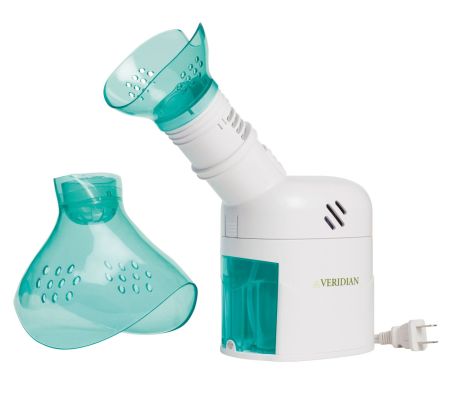
There are three types of them on the market and each one is in its own way good. Below we will consider each of them in more detail.
- Steam
- Compressor
- Ultrasonic
The most popular of them is the compressor, the so-called nebulizer. It is good in that you can add medicines to it, while in the steam room, only decoctions of herbs. And ultrasound is good, of course, but very few can afford it. The best inhaler for children is ultrasonic, of course. But the compressor is also quite suitable.
Why ultrasonic? Because it is completely silent and this is a guarantee that the child will not be afraid of the procedure.
How to use a steam inhaler
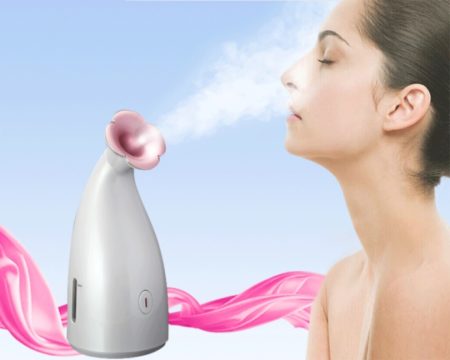
The steam inhaler delivers air heated to 55 -65 degrees. You need to inhale slowly so as not to burn the mucous membrane. The addition of various herbs or oils to the liquid is highly recommended. There is no point in adding drugs, since their effect is neutralized by high temperature.
You should not use a steam inhaler if you have heart disease, bronchial asthma, or tuberculosis. Also, the use of a warm vapor inhaler is prohibited at elevated temperatures.
How to use an ultrasonic inhaler
This inhaler is designed in such a way that it sprays the medicine, which is poured into it into the smallest dust, and easily carries it deep into the airways.
Pour the recommended medicine (dissolved in saline) into it, apply the mask or mouthpiece tightly to your face or mouth. Inhale until the drug runs out. This usually takes about 10 minutes.
In no case do not add oils or herbs, it will fail instantly, since it is not designed for such substances, they have rather large particles when sprayed.
How to use a compressor inhaler (nebulizer)
Here are the same rules as with an ultrasonic inhaler. The difference in them is small: the compressor is more noisy and has a larger size. And they act exactly the same. It is not very clear why ultrasound is more expensive ... Moreover, given that absolutely all medicines are suitable for compressor, and selectively for ultrasound.
Folk remedies for inhalation

The use of a steam inhaler, of course, in this case, is not complete without old and time-tested recipes.
In order to remove the phlegm: dissolve 4 teaspoons of soda in a liter of water. Or, replace this solution with mineral water.
Sore throat, tonsils: squeeze juice from onions or garlic, stir with water and use a solution for inhaler.
Also, inhalations of potato broth have proven remarkable.
A decoction of chamomile or pine needles is also a good remedy, but you can buy a special collection of their herbs for these purposes at the pharmacy.
Inhalation medicines
It is best if prescribed by a doctor. Any medicine is suitable for inhalation:
- Bronchodilators
- Mucolytics
- Antiseptics
- Antibiotics
It's just a matter of dosage and breaks between procedures. Suppose if your condition is not serious, then it makes no sense to use an antibiotic, antiseptic and mucolytic are quite enough. If you do not want to go to the doctor, then at least consult a pharmacist from a pharmacy, he will choose the best option for you.Just do not forget to ask them to offer you domestic analogues of imported drugs - they are five times cheaper.
In any case, do not forget about the order of which we wrote above.
Now you know how to use the inhaler correctly. But we still wish you had to do this less often. Do not be ill!
See also:

